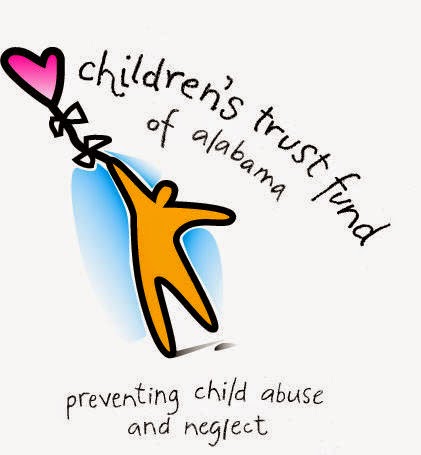 Research has consistently shown the value of play for children. "All learning – emotional, social, motor and cognitive – is accelerated and facilitated by repetition fueled by the pleasure of play" (Perry, Hogan & Marlin, 2009). Children's brains grow and develop significantly in utero and during the first three years of life. The early years of life have a significant impact on children and it is becoming increasingly clear that it is the experiences of early childhood that play a key role in determining the foundational organization and capabilities of the brain (Schore, 1997; Perry, 1994).
Research has consistently shown the value of play for children. "All learning – emotional, social, motor and cognitive – is accelerated and facilitated by repetition fueled by the pleasure of play" (Perry, Hogan & Marlin, 2009). Children's brains grow and develop significantly in utero and during the first three years of life. The early years of life have a significant impact on children and it is becoming increasingly clear that it is the experiences of early childhood that play a key role in determining the foundational organization and capabilities of the brain (Schore, 1997; Perry, 1994).Regretfully, many adopted children, who were in orphanages, or suffered severe abuse and neglect during these formative years, may experience the life long effects of this trauma. This can make bonding to adoptive parents difficult and challenging, for both the children and their adoptive parents. After all, play is one of the primary components of bonding for infants and caregivers and stimulates brain development.
Most infants delight in playing a game of peek-a-boo or patty-cake and counting the little piggies on their toes. This shared fun is a catalyst in facilitating bonding between the new parents and baby. But, as research continues to prove, and adoptive parents continue to experience first-hand, lack of this social engagement impacts children significantly later in life.
Play can be a great catalyst for encouraging bonding with adoptive children. There are various play therapy approaches that parents can be trained in to use at home with their children, including Theraplay approaches and Filal Play Therapy. In Filal play therapy, the parents are trained to be the "therapist" for the children. In Theraplay, healthy interactions of early parent/child relationships are replicated to promote bonding/attachment. Some ideas for interventions at home are below:
- Commit to a special "play date" with your child on a regular basis (example, twice per week for 30 minutes).
- Allow the child to choose the activities within set boundaries.
- Allow the child to lead the play while you provide empathic and tracking responses (i.e. "The baby doll is crying. He must be really sad.").
- Set limits in the play only as needed to ensure safety.
- Verbalize how much you enjoy spending time with your child
Ideas for Family Games
Checkers: Label your checker with little gestures of caring:
- A kind word
- A good deed
- A hug
- A smile
Candy Land: This simple, childhood game that most families own can be used to teach children (and allow them to practice) social skills. Skills such as taking turns, following directions, practicing patience, and communicating effectively are all utilized when playing a fun game of Candyland!
Jenga: Before playing Jenga mark each block with a question to promote family communication. Cater the questions to your family needs or child’s situation. When a player removes a block from the tower, he or she must answer the question attached. This will create a fun game of family anticipation and communication.
















2 comments:
adidas stan smith women
kyrie 4
hermes belt
adidas yeezy
curry 4
ray ban outlet
nike air force 1 high
kobe basketball shoes
vans shoes
longchamp
michael kors factory outlet
kobe byrant shoes
golden goose
yeezy boost 350 v2
retro jordans
nfl jerseys
yeezy boost 350
air jordan 4
michael kors handbags
adidas stan smith sneakers
20181218xixi888
Post a Comment